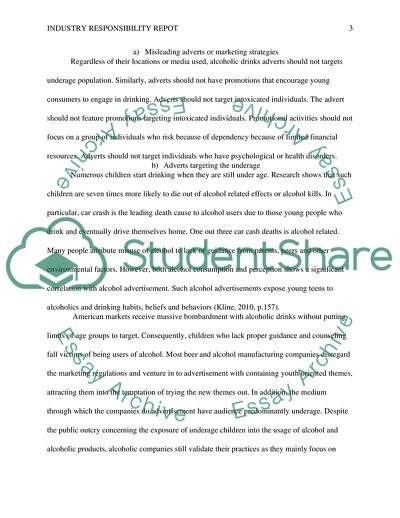Cite this document
(Alcoholic Drinks Industry Report Example | Topics and Well Written Essays - 1500 words, n.d.)
Alcoholic Drinks Industry Report Example | Topics and Well Written Essays - 1500 words. https://studentshare.org/marketing/1856012-industry-responsibility-report
Alcoholic Drinks Industry Report Example | Topics and Well Written Essays - 1500 words. https://studentshare.org/marketing/1856012-industry-responsibility-report
(Alcoholic Drinks Industry Report Example | Topics and Well Written Essays - 1500 Words)
Alcoholic Drinks Industry Report Example | Topics and Well Written Essays - 1500 Words. https://studentshare.org/marketing/1856012-industry-responsibility-report.
Alcoholic Drinks Industry Report Example | Topics and Well Written Essays - 1500 Words. https://studentshare.org/marketing/1856012-industry-responsibility-report.
“Alcoholic Drinks Industry Report Example | Topics and Well Written Essays - 1500 Words”. https://studentshare.org/marketing/1856012-industry-responsibility-report.


